
Top 10 SEO Techniques For Better Ranking in 2025
Mar 07, 2025 5 Min Read 5357 Views
(Last Updated)
SEO in 2025 has become relatively simple. It is only concerned with making your website the best answer to your audience’s questions.
This translates to providing clear, well-researched content on a website that’s easy for search engines to understand and rank.
Through this guide, we’re providing you with 10 SEO techniques for better ranking. These practical, easy-to-understand strategies will make a real difference in how your website performs in search results.
Table of contents
- Top 10 SEO Techniques for Better Ranking
- 1) Optimize for User Intent
- 2) Focus on Keyword Research
- 3) Leverage SERP Features and Rich Snippets
- 4) Improve Website Speed and Performance
- 5) Use Internal Links
- 6) Write Effective Meta Titles and Descriptions
- 7) Ensure Mobile-Friendliness
- 8) Publish High-Quality, Relevant Content
- 9) Embrace Topic Clusters and Content Hubs
- 10) Monitor and Adapt Based on Analytics
- Final Words
- FAQs
- Can I use the same keywords on multiple pages?
- How long does it take to see results from these SEO techniques?
- How do I know if my website is fast?
- What's the best way to find topics for my content hubs?
- How can I measure the impact of internal links on my SEO?
Top 10 SEO Techniques for Better Ranking
The following 10 SEO techniques directly impact your website’s visibility and performance. Let’s get started:
Before we move on, we must tell you that enrolling in GUVI’s Digital Marketing course can help you become an expert in the digital world, regardless of your level of marketing expertise. Learn the ins and outs of email marketing, social media marketing, content production, SEO, and more from professionals in the field. Through practical projects and real-world case studies, acquire job-ready skills with globally recognized certifications.
Additionally, if you want to explore Marketing Research Techniques through a Self-paced course, try GUVI’s Marketing Research Techniques ertification course.
1) Optimize for User Intent
User intent refers to what your users are actually looking for when they type a query into a search engine. There are three types of search intent in SEO: informational (searching for information), navigational (looking for a specific website), or transactional (looking to make a purchase or complete an action).
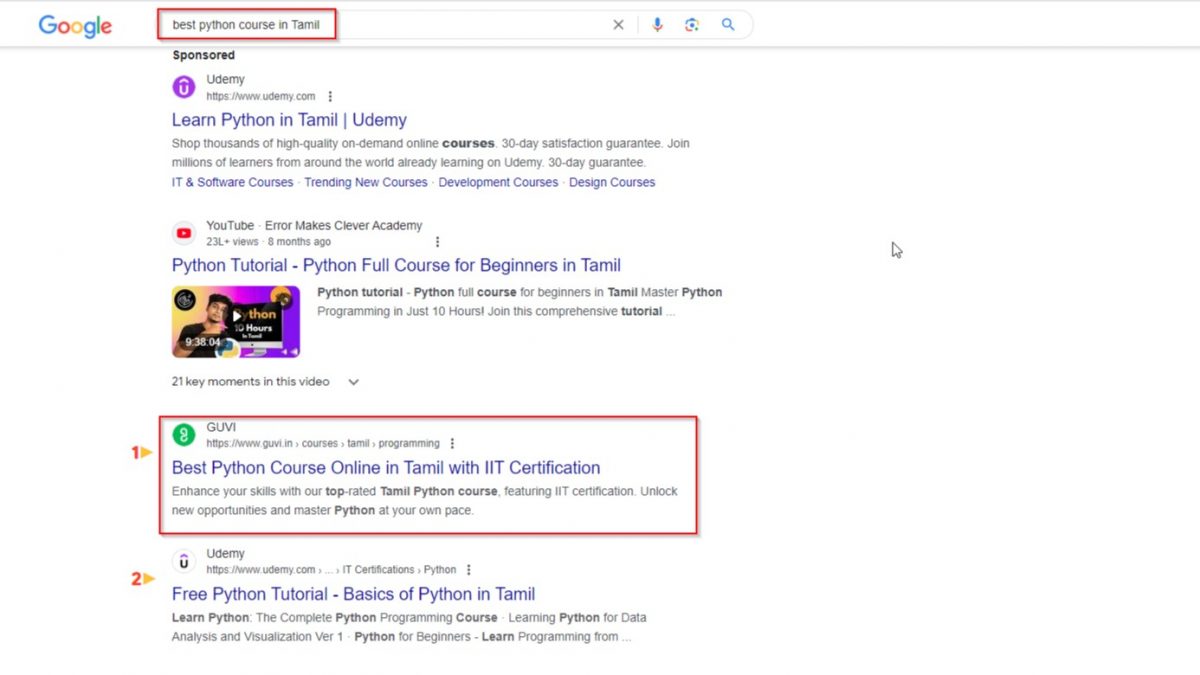
You should create content suited to these intents to resonate with your audience and meet their needs. Below are some tips to ensure your content is well-aligned with the interests of your audience:
- Research and analyze: Use tools to research the queries related to your topic. Look at the top results to understand the type of content that ranks well.
- Content tailoring: For informational intent, create detailed guides and blog posts. For navigational intent, ensure your brand and product pages are optimized. For transactional intent, focus on clear, persuasive product descriptions and strong calls-to-action. For example, a website featuring tiny homes for sale in Arizona would tailor content to both informational searches and transactional intent (detailed listings with pricing and features).
- Question-based content: Often, users phrase their searches as questions. Include these questions and their answers in your content to address user intent directly.
Also Read: What is Content Marketing? Types, Uses, Strategy For 2025
2) Focus on Keyword Research
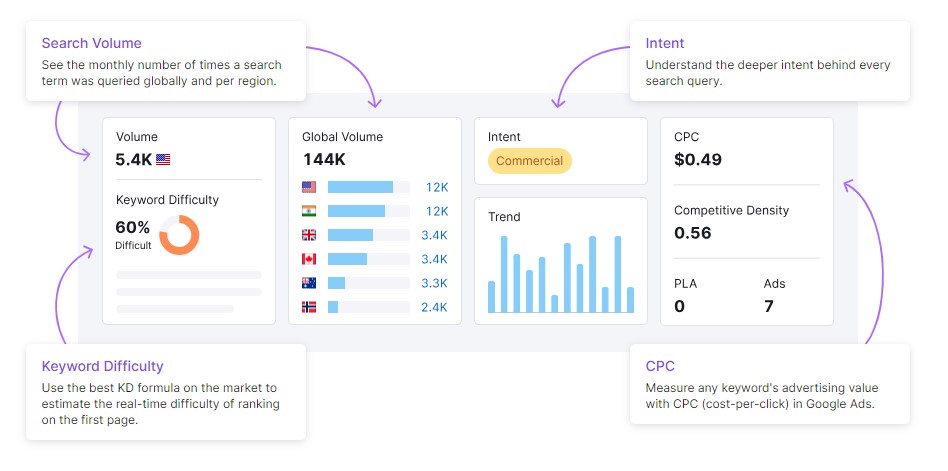
Keyword research remains the cornerstone among SEO techniques for better ranking. It’s about finding the exact words and phrases your potential customers use when searching for your products, services, or content.
Here’s how to get it right:
- Use keyword research tools: Tools like Google’s Keyword Planner, SEMrush, or Ahrefs can provide valuable insights into search volume, competition, and related search terms.
- Consider search intent: Align your keywords with user intent. Are your users looking to buy, learn, or find a specific page? Choose keywords that match these intentions.
- Include long-tail keywords: These are longer, more specific phrases that might have lower search volumes but higher conversion rates due to their specificity.
Know More: How to Optimize Keywords for SEO: A Step-by-Step Guide
3) Leverage SERP Features and Rich Snippets
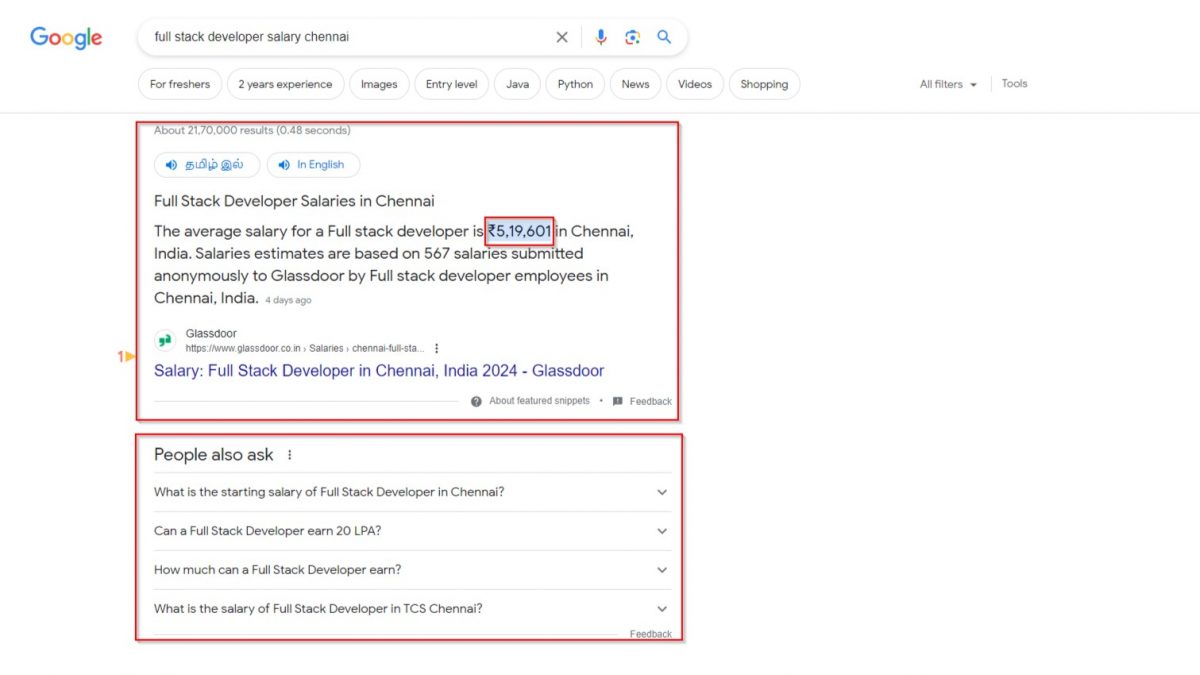
Search Engine Results Page (SERP) features, like featured snippets, “People Also Ask” boxes, and rich snippets, can greatly boost your content’s visibility.
Here’s how to make these features work for you:
- Target featured snippets: Structure your content to answer specific questions directly and concisely, increasing the chances of it being picked up as a featured snippet.
- Optimize for “People Also Ask” (PAA): Include clear, well-structured Q&A sections in your content that address common questions related to your topic.
- Rich snippets: Use structured data markup to provide search engines with precise information about your content, making it eligible for rich snippets like reviews, product prices, and availability.
Utilizing these SERP features is among the effective SEO techniques for better ranking, as they make your content stand out and provide direct answers to user queries right on the search results page.
4) Improve Website Speed and Performance
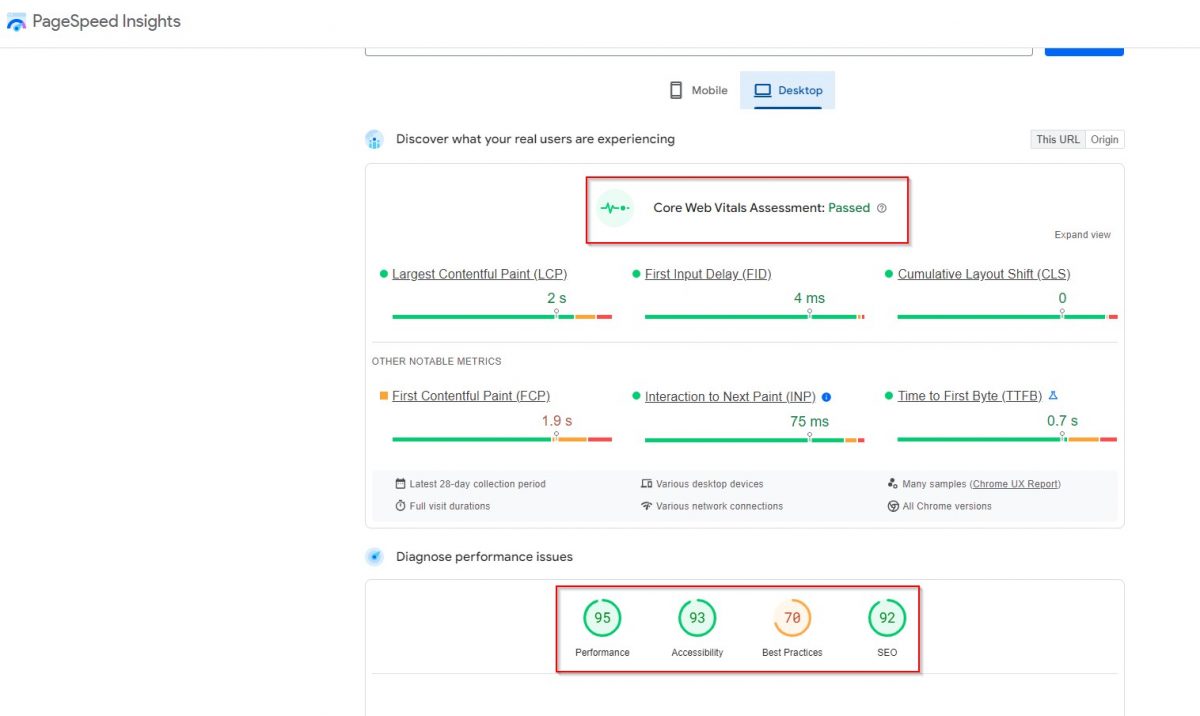
Website speed is about keeping your visitors happy. Hence, it’s crucial to optimize website performance for high SEO rankings. Fast-loading pages improve user experience, decrease bounce rates, and are favored by search engines.
Here are some direct optimizations to boost your site’s speed:
- Compress images: Large images slow down your site. Use tools to compress them without losing quality.
- Minimize code: Clean up your website’s code by removing unnecessary characters, spaces, and comments.
- Use a content delivery network (CDN): CDNs distribute your content across multiple servers worldwide, speeding up content delivery to users regardless of location.
- Enable browser caching: This allows visitors’ browsers to store parts of your pages so they load faster on subsequent visits.
5) Use Internal Links
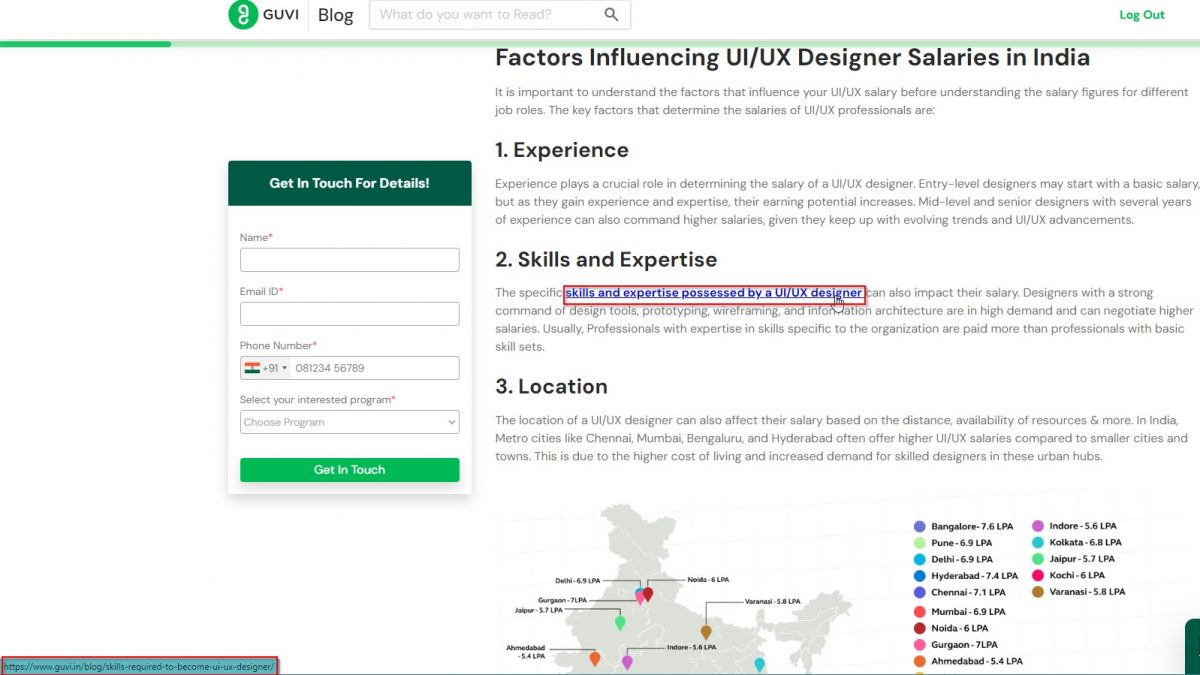
Internal links build a solid site architecture and distribute page authority across your website. Here’s how to use internal links effectively:
- Logical structure: Create a clear, hierarchical structure in your content, linking high-authority pages to relevant sub-pages to spread link equity.
- Anchor text: Use descriptive, keyword-rich anchor text for internal links to give users and search engines context about the linked page.
- Link to relevant content: Ensure internal links are relevant to the content they’re in, enhancing the user’s journey on your site and providing value.
Strategic internal linking is a fundamental part of SEO techniques for better ranking, helping search engines and users navigate your website more effectively and understand the relationships between different content pieces.
6) Write Effective Meta Titles and Descriptions

Meta titles and descriptions influence click-through rates from SERPs. They are the first impression users get of your content in the search results, making them vital for attracting clicks.
Here’s how to write them effectively:
- Be descriptive and concise: Your meta title should clearly describe the page content and include your primary keyword. Keep it under 60 characters to ensure it displays fully in SERPs.
- Attract with meta descriptions: Although not a direct ranking factor, meta descriptions can impact click-through rates. Use them to summarize the page content compellingly, including key phrases users might search for, within 150 characters.
7) Ensure Mobile-Friendliness
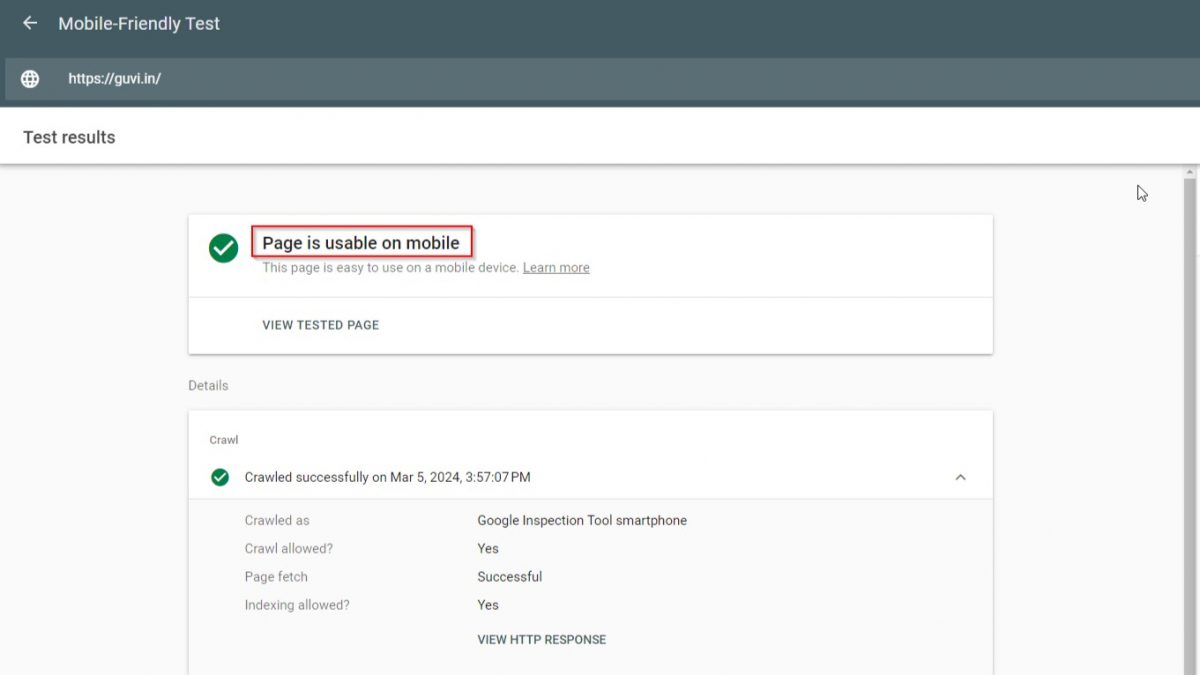
Since most web traffic comes from mobile devices, having a mobile-friendly website is essential. Google’s mobile-first indexing means the mobile version of your website is considered the primary version.
To ensure your website is up to the task, follow these tips:
- Responsive design: Your website should automatically adjust to fit any screen size, providing an optimal viewing experience across all devices.
- Touch-friendly navigation: Ensure buttons and links are easy to tap on a touchscreen, with enough space around them to prevent accidental clicks.
- Test your site: Use Google’s Mobile-Friendly Test tool to check how easily a visitor can use your page on a mobile device. It will highlight areas for improvement and help you ensure your site meets mobile usability standards.
8) Publish High-Quality, Relevant Content
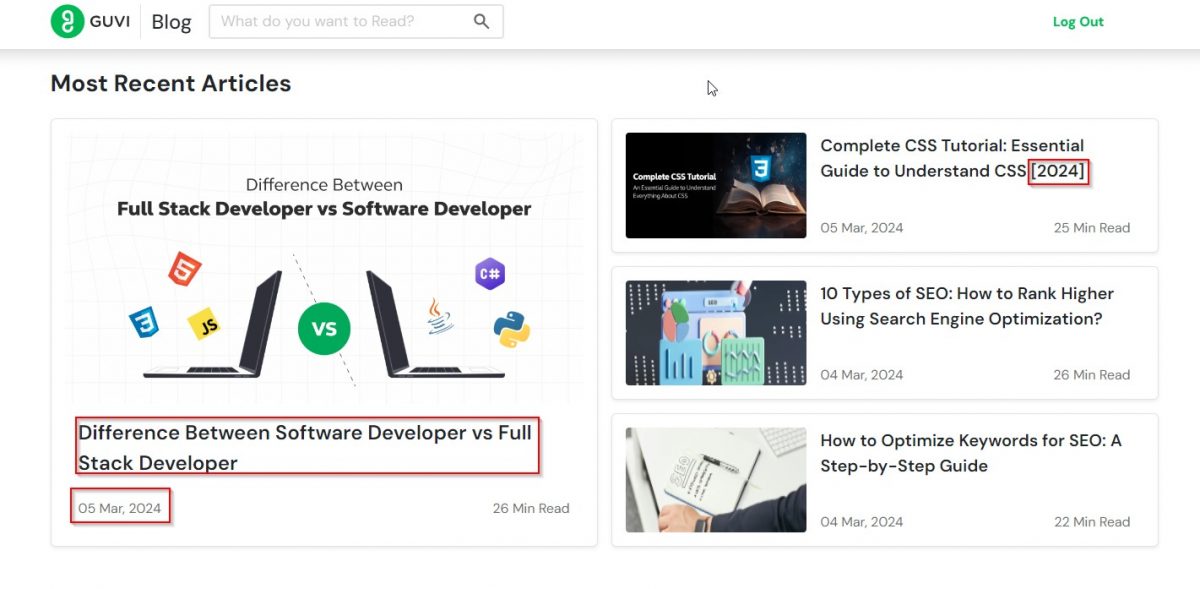
At the heart of SEO is the content you offer to your audience. High-quality, relevant content that answers your audience’s questions and meets their needs sets you apart from your competitors.
Here’s how you can make your content stand out:
- Focus on value: Every piece of content should provide clear, actionable value to your readers. Whether it’s solving a problem, providing new information, or answering a question, make sure it’s useful.
- Keep it fresh: Regularly update your content to reflect the latest information, trends, and user needs. This helps maintain its relevance and signals to search engines that your site is actively managed and up-to-date.
Must Find Out Top 9 AI Tools for Content Creation
9) Embrace Topic Clusters and Content Hubs
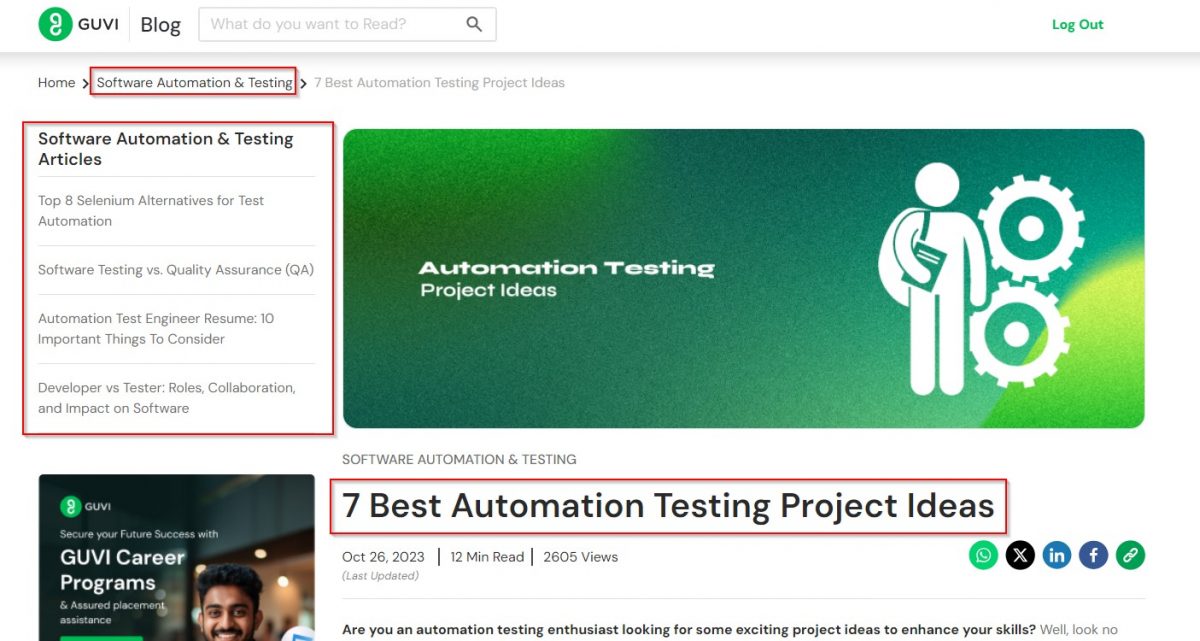
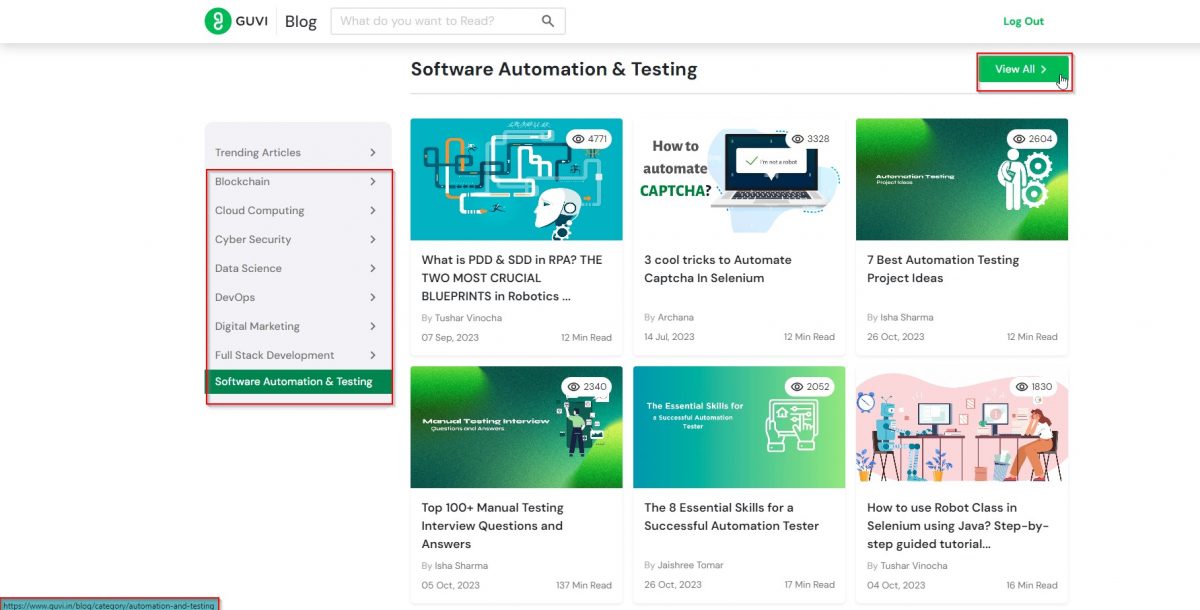
Topic clusters and content hubs represent a strategic approach to organizing and interlinking your content around core themes. This method enhances your website’s structure, making it easier for search engines to understand and rank your content.
Here’s how to get started:
- Identify core topics: Start by identifying broad topics relevant to your niche that your audience is interested in.
- Create pillar content: Develop comprehensive pillar pages that overview each core topic.
- Develop cluster content: Write detailed articles on subtopics related to each core topic, linking to your pillar content and between related cluster articles.
Embracing topic clusters and content hubs is a very effective SEO technique for better ranking. It improves your website’s navigation and user experience and establishes your authority in your niche, making your content more likely to rank well in search results.
Also Know Best Digital Marketing Tools in 2025 [With Bonus AI Tools]
10) Monitor and Adapt Based on Analytics
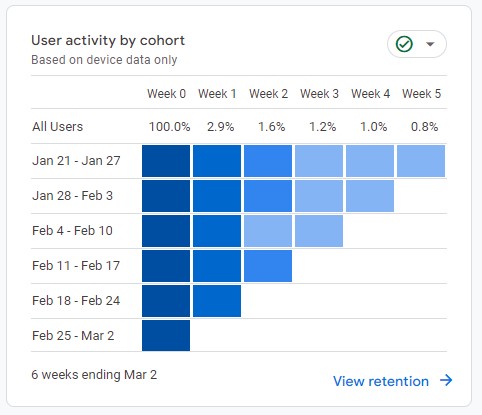
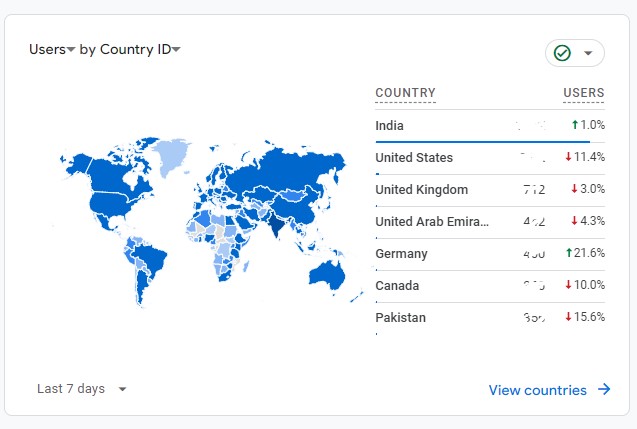
Continuous improvement in SEO is achieved by regularly monitoring your website’s performance and making data-driven decisions. Utilizing analytics tools like Google Analytics and Google Search Console gives you insights into how your site is performing in terms of traffic, user behavior, and search rankings.
Here’s how to effectively use this data:
- Set clear goals: Know what you’re aiming for, whether it’s increasing organic traffic, improving bounce rates, or boosting conversion rates.
- Review regularly: Make it a habit to review your analytics regularly to spot trends, dips, and opportunities for improvement.
- Adjust accordingly: Use the insights gained to refine your SEO strategies, whether tweaking your content, optimizing for new keywords, or fixing technical issues.
Join GUVI’s Digital Marketing Course to kickstart your journey in this exciting field. Gain expertise in ChatGPT, WordPress, Meta Business Suite, Google Analytics, Youtube Analytics, Google Ads Manager, and more. Master essential skills in SEO, social media marketing, email marketing, content creation, and digital advertising tactics to excel in the Digital Marketing industry.
Additionally, if you want to explore Marketing Research Techniques through a Self-paced course, try GUVI’s Marketing Research Techniques certification course.
Final Words
The 10 SEO techniques outlined above are instrumental in improving your website’s ranking in search engine results. Implementing these techniques will help you build a solid SEO foundation.
If you find this blog post helpful, read our guide on learning digital marketing in 2025.
FAQs
It’s okay to have some overlap, but focus each page on unique primary keywords to avoid keyword cannibalization, which can dilute your SEO efforts.
SEO is a long-term strategy. Generally, you should see initial results in 3-6 months, but considerable improvements can take up to a year or more, depending on competition and industry.
Use tools like Google’s PageSpeed Insights to analyze your website performance. Aim for a score of 90 or above for optimal speed and user experience.
Start by identifying your audience’s core interests and pain points. Tools like Semrush’s Topic Research can help you find popular and relevant topics within your niche.
Monitor your website’s analytics to see changes in page views, bounce rates, and page rankings after improving internal links. Tools like Google Analytics and Ahrefs can provide insights into user behavior and link value.





















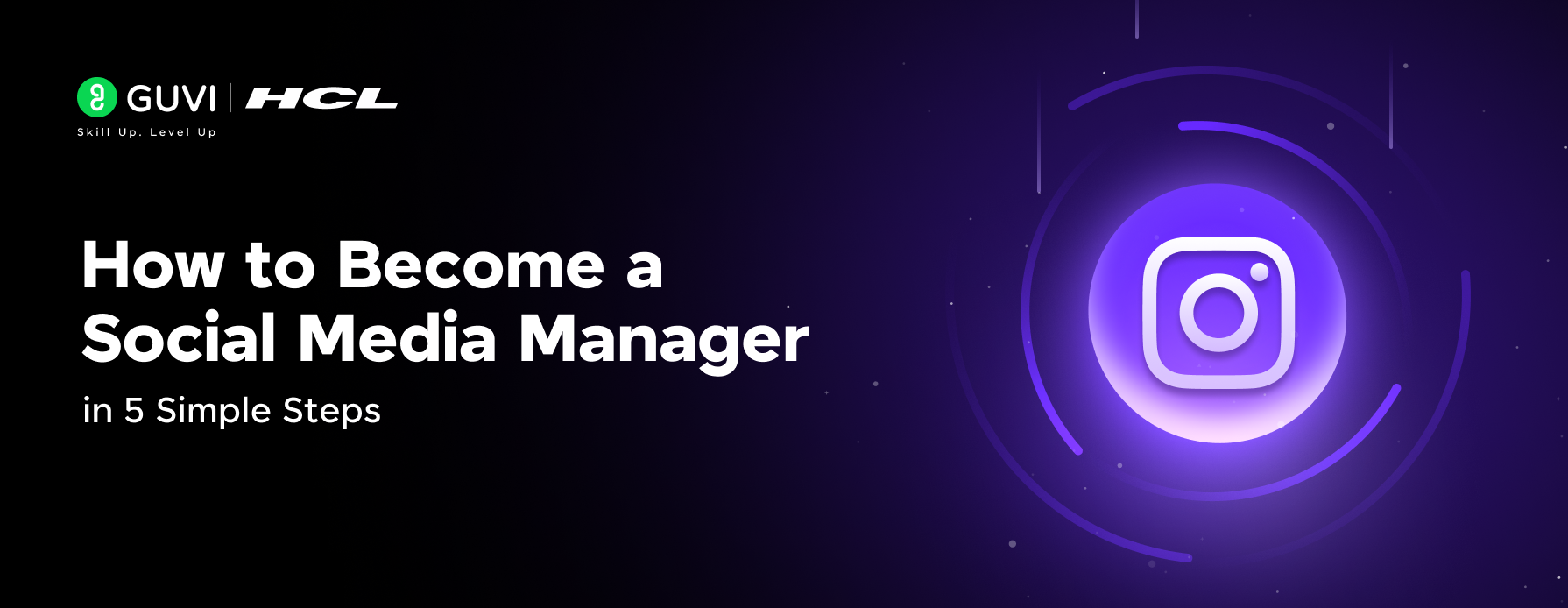
![How to Switch from Sales to Digital Marketing: A Beginner's Guide [2025] 16 sales to digital marketing](https://www.guvi.in/blog/wp-content/uploads/2025/01/How-to-switch-your-career-from-Sales-to-Digital-Marketing.png)
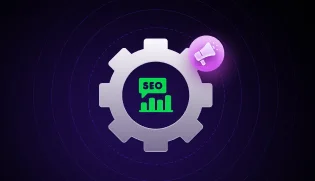






Did you enjoy this article?